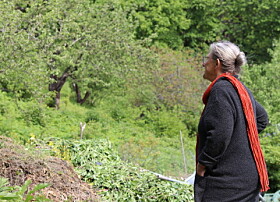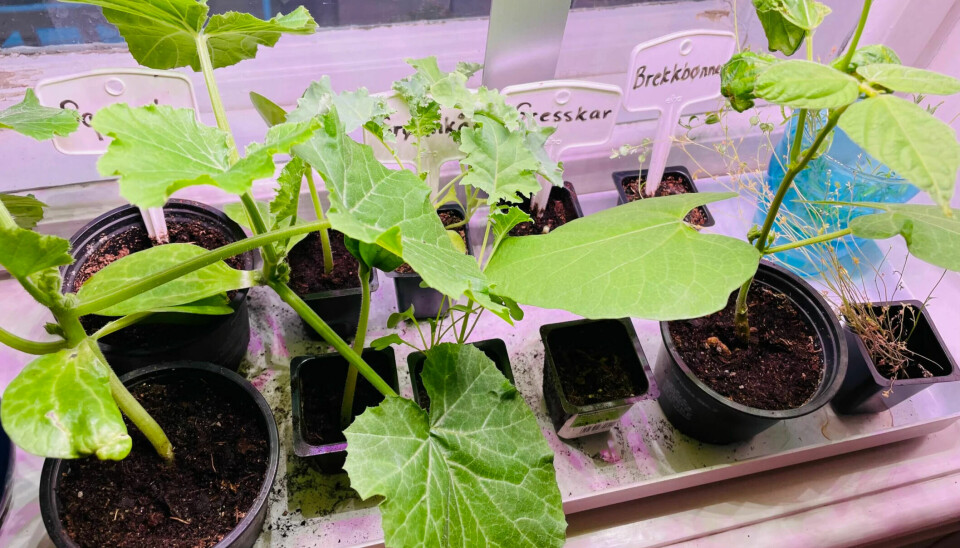
How to safely grow food plants at home
Growing green plants in the kitchen garden has become popular. But what is safe to sow seeds in, when the result will be eaten?
Did you get hooked on home cultivation of spices and vegetables during the pandemic?
Now is the time to sow seeds to grow inside, until it is warm enough to plant them on the porch or in the kitchen garden.
But is it safe you sow your seeds in just about anything when you are going to eat the result?
Can pass into food
In recent years, there has been more focus on the fact that chemicals in food packaging or kitchen utensils can be released into the food.
This includes softeners such as phthalates in plastic and lead from ceramics, the Norwegian Food Safety Authority writes (link in Norwegian).
Control of kitchen utensils made of polyamides – nylon – has been intensified throughout the EU/EEA in the last 12 years.
Such products from China in particular have been a problem.
We should also store leftover food in materials that are suitable for food.
But what about food plants we grow ourselves? Is it safe to sow in plastic pots?
Or can hazardous substances from the plastic pass into the plant?
Plastic pots are safe
We ask Erik Joner at NIBIO, the Norwegian Institute of Bioeconomy Research. He researches soil.
“Plastic pots are completely safe to sow and plant in. This also applies to milk cartons, soda bottles, ice cream tubs, and anything similar that has contained food,” Erik Joner tells sciencenorway.no.
It would only be natural for milk cartons, which we have drunk milk from, to be safe for sowing food plants in, he points out.

Little is absorbed by plants
Food contact materials are cleaner than, for example, plant pots, Joner says.
But even the small amounts of substances that can be released from plant pots are only taken up by plants to a very small extent, he assures.
This is partly because the soil binds such substances. Additionally, plants have strong barriers against the uptake of all kinds of organic molecules.
Plants almost exclusively absorb nutrients in the form of elements that are dissolved in the soil, such as nitrogen, phosphorus, and potassium. And water.
Cardboard holds less moisture
If you want to be free of all such exposure, you can sow in clay pots, Joner says.
You can also sow in paper cups. Some people are so inventive that they make seed pots out of newspaper. To do this, you could wrap newspaper around a tin can to get the right shape.
But cups made of cardboard and paper with little volume will require a lot of watering. The moisture can easily evaporate.
A lid over it will stop evaporation, and you may want to keep them cool at night.
Does not need washing
Cleaning last year’s plastic pots is rarely necessary.
It’s only really necessary if you have had disease on plants that grew in them last year and if you are planting the same type of plants the following year.
Soil is messy stuff, and hygiene as we know it becomes somewhat irrelevant, Joner adds.
What kind of soil?
Garden centres sell different types of soil. Much of this soil is peat, which is actually peat moss from bogs.
It is porous and airy and retains water well. This soil is supplemented with a little lime and fertiliser, preferably composted animal manure.
But in recent years, such peat soil has become controversial, especially among the environmentally conscious. This is because bogs are important for both biodiversity and carbon sequestration.
Otherwise, you can also buy peat-free soil, which is much more expensive.
Old soil can be used
But if you already have old soil in pots and balcony planter boxes, you do not need to replace it.
Last year's soil is still usable, according to soil expert Joner.
“You just need to add fertiliser, such as compost, animal manure, or mineral fertiliser,” Joner says.
This is because the nutrients in last year’s soil are usually depleted.
Check the seed packets
Many herbs and vegetables can benefit from an early start indoors, before the soil temperature is warm enough for them to be planted outside.
Other seeds must be planted directly in the soil, such as carrots, which do not tolerate being moved.
So what can we plant in advance on the windowsill?
Look closely at the seed packets. They are marked with whether they can be sown indoors and when, as well as which ones can be planted directly outside.
Joner's favourite is green beans, which are easy to grow.
“Choose the purple ones; they are decorative when you harvest them,” he says.

Enough light and water
Label each pot with which seeds you have sown, as it is not always so easy to see what they are when they begin to grow.
You can write the names on ice cream sticks and stick them in the pot, for example.
Seeds do not need light at the start, until they start to germinate. They can be covered with a lid to retain moisture.
But when the sprouts emerge, make sure the plants receive enough light and water.
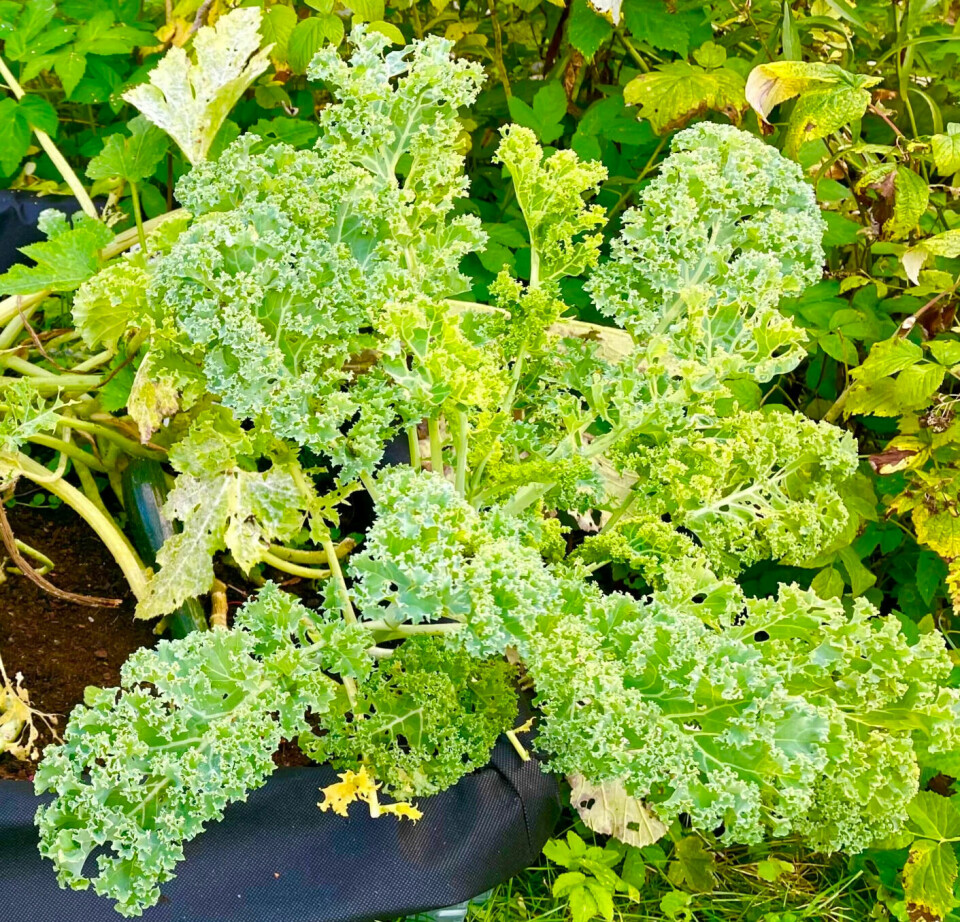
When can you plant outside?
When the weather is warm enough, you can put the plants out on the balcony or in the kitchen garden.
Planting outdoors depends entirely on the weather and the region.
“Even if the weather is predicted to be warmer in the upcoming week, it will take much longer for the warmth to reach the soil,” Joner warns.
In the Northern regions is wise to wait until at least mid-May, as there are often frosty nights before this date.
If you have a sheltered sunny spot on your balcony, you can put the plants outside before then, at least during the day.
You can also plant in raised beds if you use a transparent plastic sheet to protect against the wind. Or an old glass window that you can lift slightly. This will create a greenhouse effect.
Tomato plants need to be kept warm and protected. They should not be put outside too early.
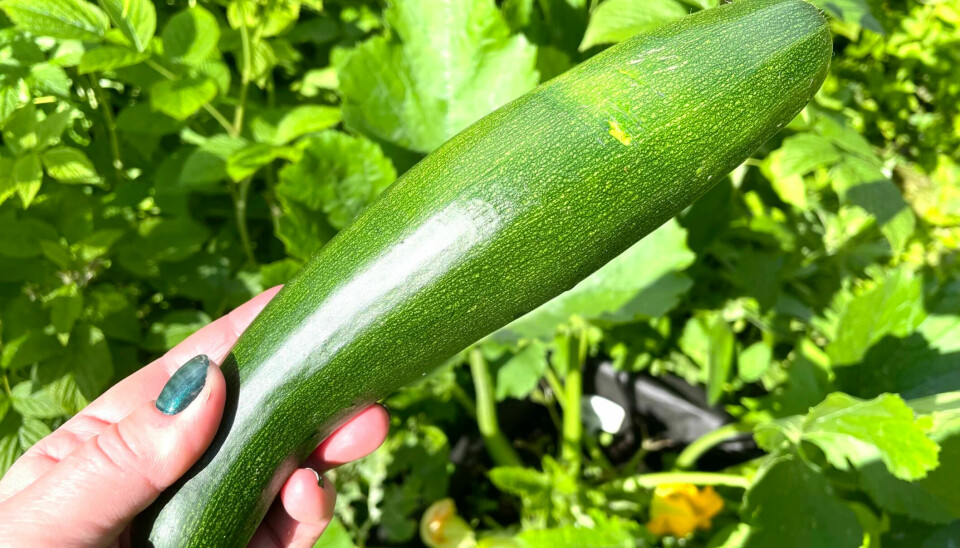
Don’t clean up too much
If you plant outdoors or in raised beds, you don’t need to remove twigs, grass, and old roots.
“It's a kind of cleaning hysteria – we think the soil must be black and homogeneous. That’s a misconception,” Joner told sciencenorway.no in an earlier interview.
Instead, Joner recommends breaking up the roots and mixing the old soil with compost.
Roots and other plant material contain many nutrients that plants need.
When they break down, the substances become available for new plants, the researcher explains.
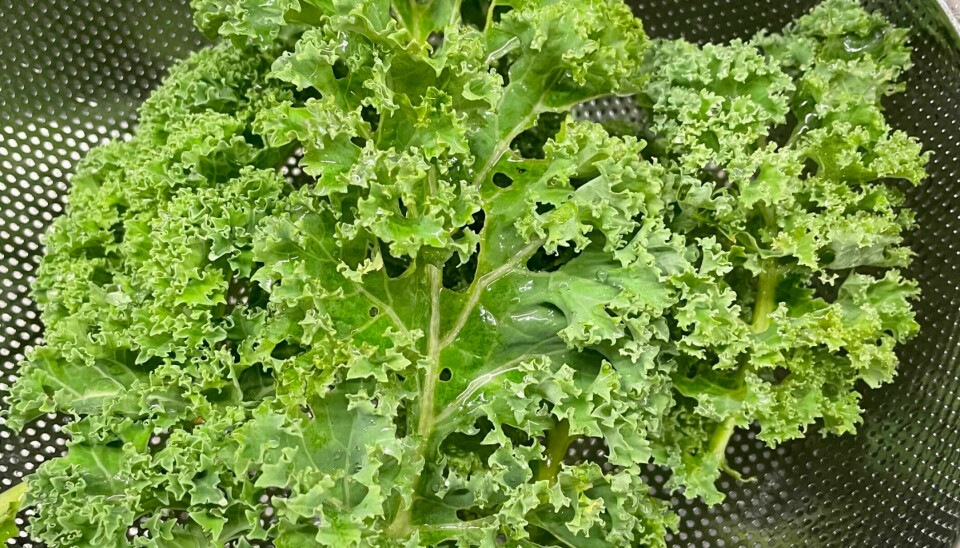
Springtails, moss mites, and earthworms are helpers
The last important ingredient in soil is microorganisms.
“A teaspoon of soil contains a hundred million bacteria, distributed among 10,000 species,” Joner says.
Most of them feed on breaking down plant and animal remains, such as old roots in balcony planter boxes.
Bacteria help the plant to obtain the substances it needs from the soil. They ensure that the nutrients in the organic material become available, so that plants can absorb them.
These bacteria will establish themselves in the balcony planter box, all by themselves, and help you keep your outdoor space lush and beautiful.
———
Translated by Alette Bjordal Gjellesvik.
Read the Norwegian version of this article on forskning.no
Reference:
Erik J. Joner recently published the book Finger’n i jorda (Finger in soil).











